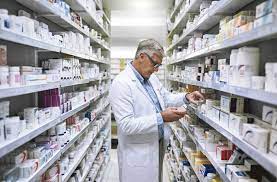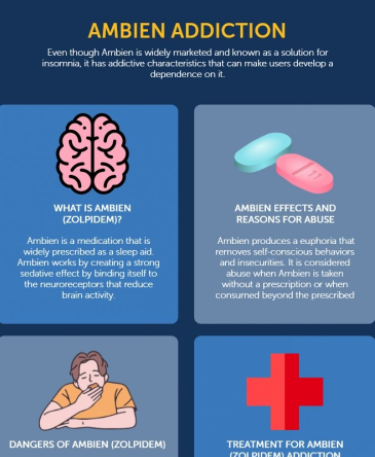One of the Best Pharmacy in the Universe
AMB The Indian pharma industry has seen a gigantic development over the most recent twenty years driven by its solidarity in the worldwide generics space. Universally, the nation is among the biggest makers and exporters of dynamic drug fixing (API), generics: providing 57% of APIs utilized by the World Health Organization (WHO); meeting 40% of US nonexclusive interest and 25% of all medications in the UK. India possesses 20% commodity share by volume in the stock of conventional meds worldwide and inside the country practically 97% of showcased items are nonexclusive. By being at the cutting edge in the Covid-19 immunization R&D, the nation has additionally established his situation as one of the world's greatest antibody producing center points.
Since the inception of medication disclosure by significant organizations during the 1990s, Indian drug R&D endeavors have come about in north of 200 preclinical-and clinical-stage improvement compounds, of which not many have arrived at the market. While this represents that new compound element (NCE) research has been taken up by Indian organizations over most recent thirty years, there still are issues like ability hole, inadequate comprehension of tech move and IP insurance, administrative vulnerability with respect to clinical preliminaries, valuing vulnerabilities, and a great deal still needs to be done assuming we are to re-position India as a medication revelation force to be reckoned with.
Do you figure individuals in the business don't be aware of this tech or don't exactly get the worth?
There's most certainly purchase in that digitalisation is fundamental – and this was before COVID-19, which has unquestionably determined home that distant arrangements are required. We previously did a comparative report in 2016 and just one out of four respondents felt advanced capacities would assist with driving patient results and further develop R&D usefulness. Quick forward to the people who reacted to an overview in 2019 and 72% said that they thought advanced would drive achievement in accomplishing key vital R&D objectives. And afterward COVID-19 hit, and we've all seen an ascent in telemedicine and biopharma organizations looking to virtualise clinical preliminaries, just as interest in remote working answers for researchers in labs.
That is predictable with what respondents previously distinguished as key goals they said they needed to zero in their digitalisation endeavors on. They need to utilize computerized to be more centered around understanding results and further develop R&D usefulness. Thus, there's up front investment. The test is getting it going.
Risk aversion seems to be one of the major issues. A full two-thirds of respondents to our survey believe an aversion to risk is preventing them from fully embracing digitalisation. Notably, in companies with market caps above $10 billion, the number jumps to 75%.
But surely, that’s not preventing any adoption of digital technologies in R&D…
That’s correct, our experience has shown that most, if not all, life sciences organisations have moved to adopt some form of digitalisation. However, what we see is that many companies are struggling with how to scale those digital capabilities. Far more often than not, we see select digital use cases that are used to meet a need at a point in time, but there isn’t a focus on how to make that digital use-case repeatable and extensible.
It’s a classic scenario of seeking and getting results in silos instead of across a company.


Comments
Post a Comment